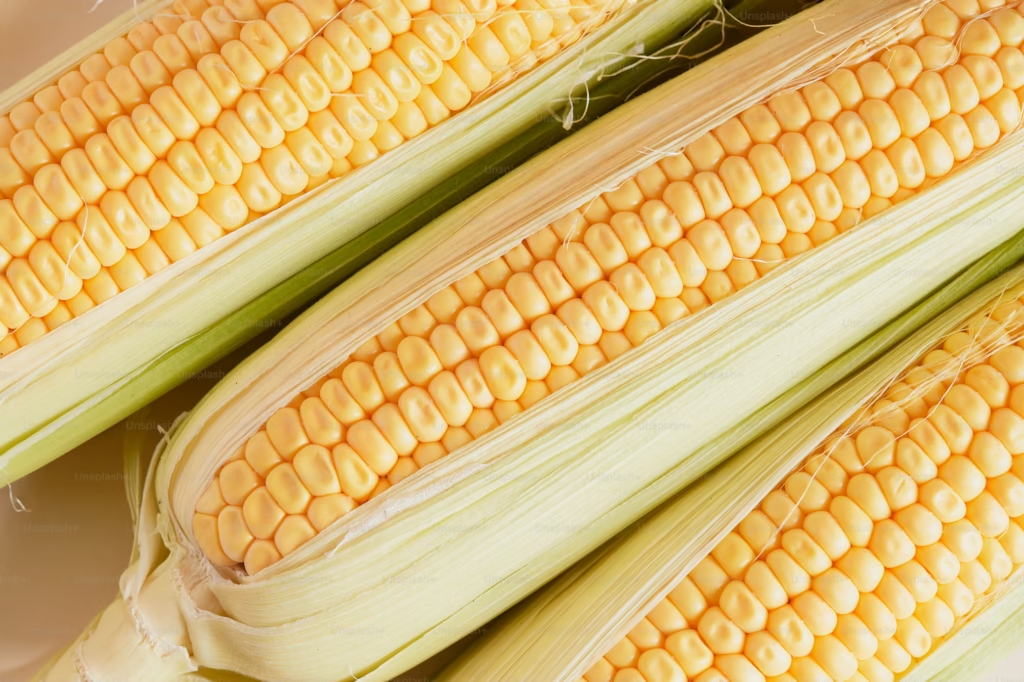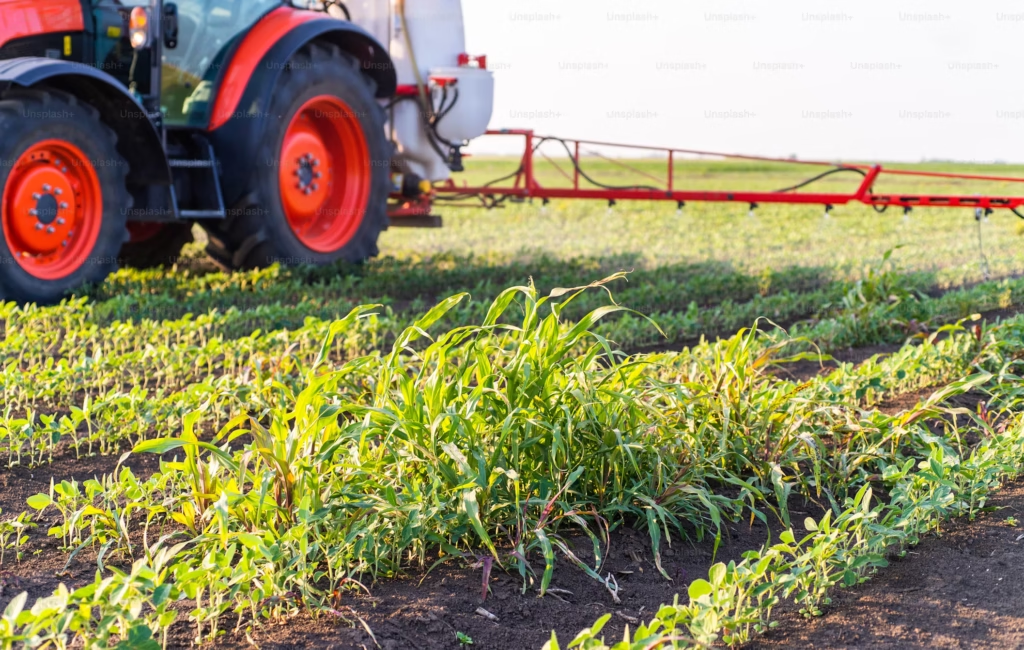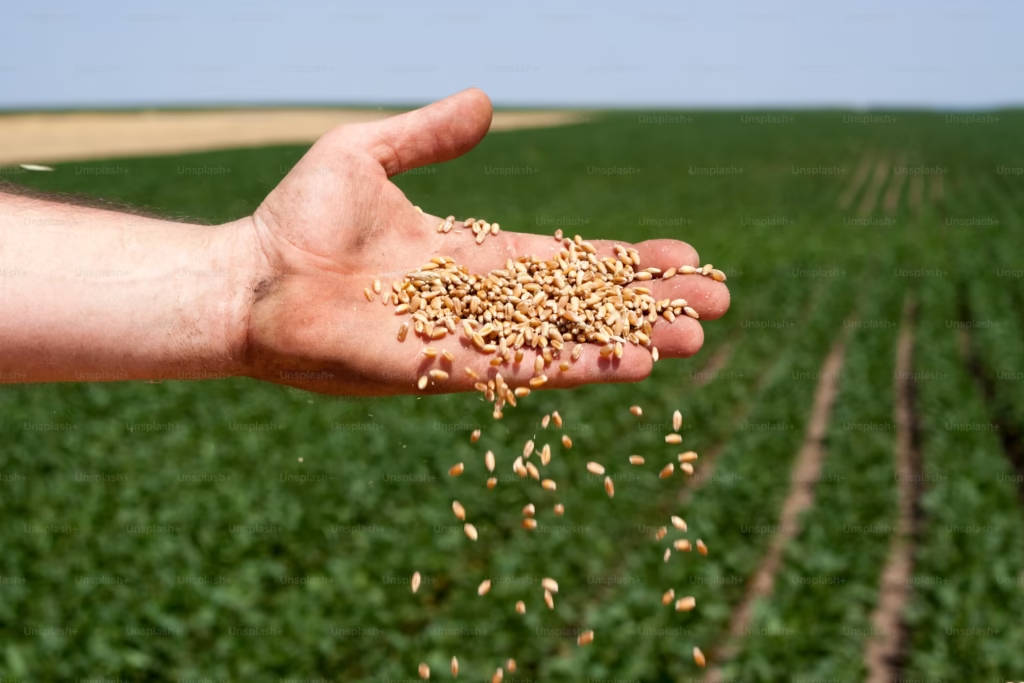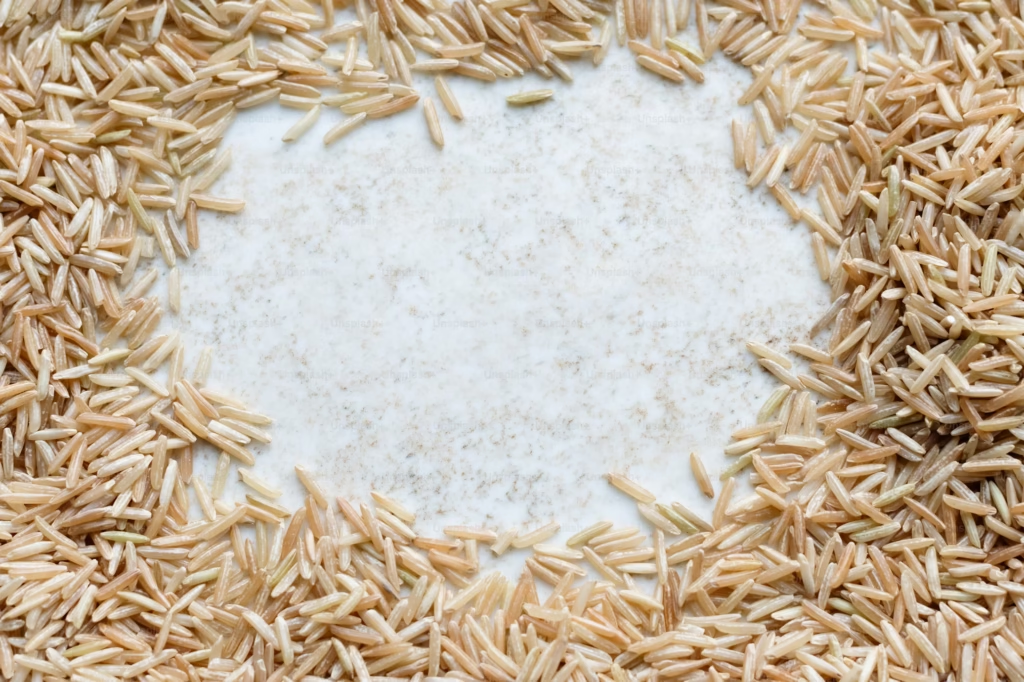
Top 10 Tips for Growing High-Yield Corn
Corn is one of the most widely grown crops in the world, valued for its versatility and high nutritional value. Achieving a high-yield corn harvest requires careful planning, proper techniques, and the right resources. Here are 10 essential tips to help you maximize your corn yield:
1. Choose the Right Seed Variety
Selecting the right seed variety is crucial for high-yield corn. Consider your local climate, soil type, and resistance to pests and diseases. Hybrid seeds often provide higher yields, better stress tolerance, and improved nutrient uptake compared to traditional varieties.
2. Test and Prepare the Soil
Corn thrives in fertile, well-draining soil. Test your soil for pH levels, nutrients, and organic matter. Ideal soil pH for corn is between 6.0 and 6.8. Enrich the soil with compost or organic matter to improve its structure and nutrient content.
3. Apply Balanced Fertilization
Corn is a heavy feeder and requires adequate nitrogen, phosphorus, and potassium. Use a balanced fertilizer based on your soil test results. Apply nitrogen in stages, such as at planting and during the growth phase, to meet the crop’s high demand.
4. Optimize Planting Density
Planting corn at the correct spacing ensures each plant has enough sunlight, nutrients, and moisture. A typical recommendation is 30-inch rows with 6–8 inches between plants. Avoid overcrowding, which can lead to competition and lower yields.
5. Time Your Planting Correctly
Plant corn when the soil temperature is consistently above 50°F (10°C) to encourage germination. Early planting often results in higher yields, but be cautious of frost risks. Use a soil thermometer to confirm optimal planting conditions.
6. Use Effective Weed Management
Weeds compete with corn for nutrients, light, and water, reducing yields. Use pre-emergent and post-emergent herbicides as needed, and consider mechanical methods like cultivation to control weeds during the early growth stages.
7. Provide Adequate Water
Corn needs consistent moisture, especially during the critical silking and tasseling stages. Ensure your field gets at least 1–2 inches of water per week through rainfall or irrigation. Drip irrigation and sprinklers are effective for water management.
8. Monitor and Manage Pests and Diseases
Common pests like corn borers and diseases like rust can devastate yields. Use integrated pest management (IPM) strategies, such as crop rotation, resistant seed varieties, and targeted pesticide application. Regularly scout your fields for early signs of infestation.
9. Practice Crop Rotation
Avoid planting corn in the same field year after year. Rotate it with legumes or other non-grass crops to reduce pest and disease buildup and improve soil fertility. Crop rotation breaks pest cycles and enhances nutrient availability.
10. Harvest at the Right Time
Harvest timing greatly affects corn quality and yield. Monitor kernel moisture levels; most farmers aim to harvest when moisture content is between 20% and 25%. Delaying harvest can lead to losses from lodging, pests, or mold.
Bonus Tips for Maximizing Yields
- Use Precision Agriculture Tools: GPS and drone technology can help monitor crop health and optimize inputs like fertilizers and water.
- Stay Updated on Research: New farming techniques and resistant seed varieties are continuously being developed.
- Maintain Machinery: Properly maintained planting and harvesting equipment ensures efficiency and reduces losses.



